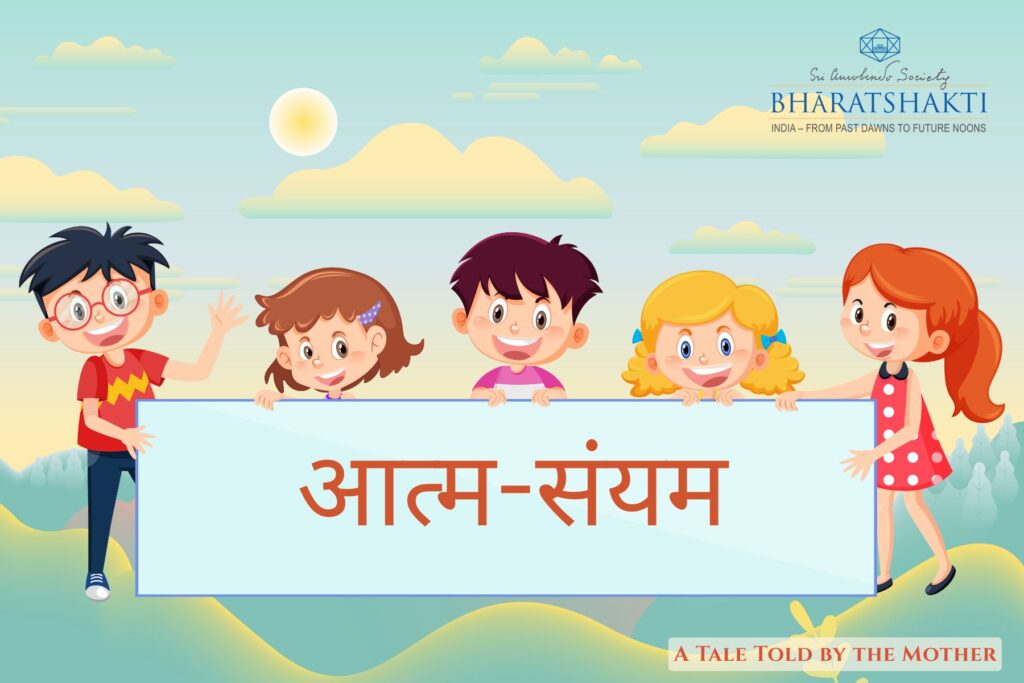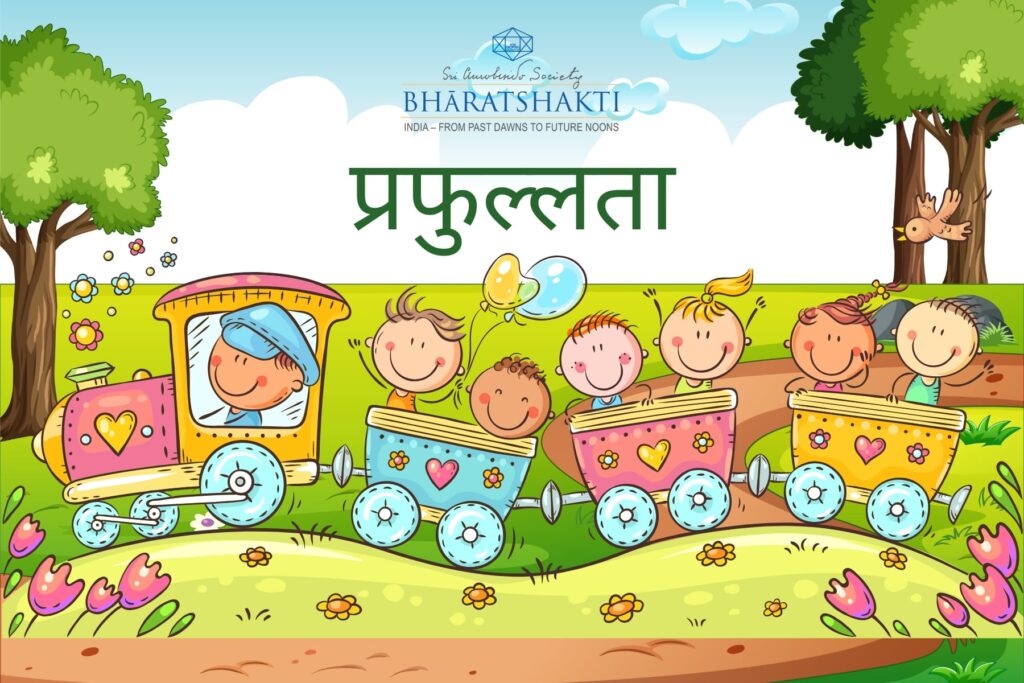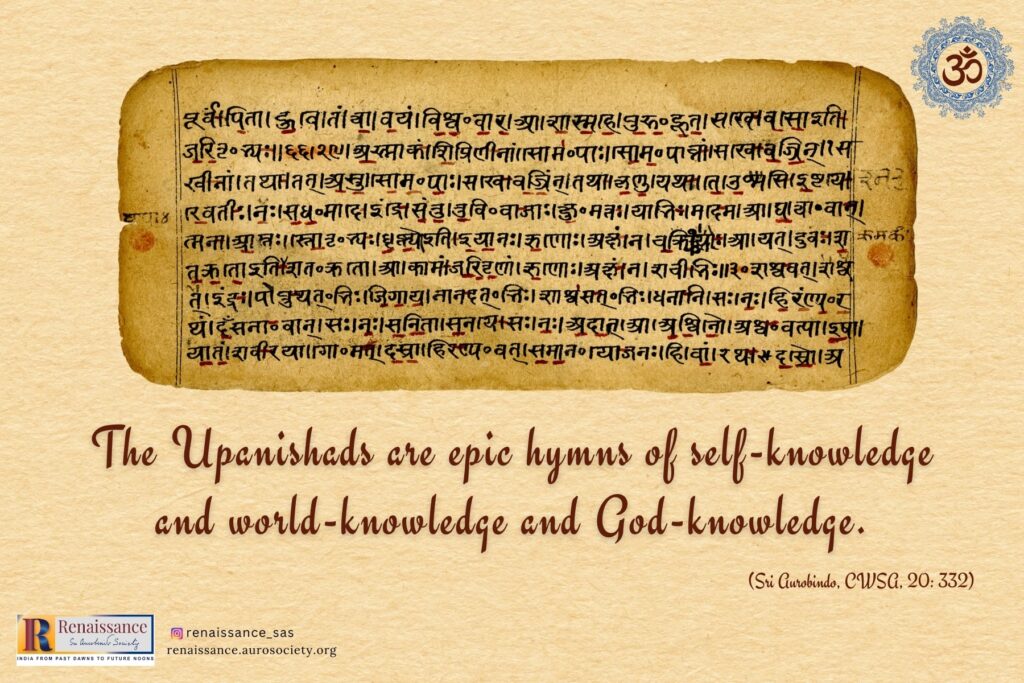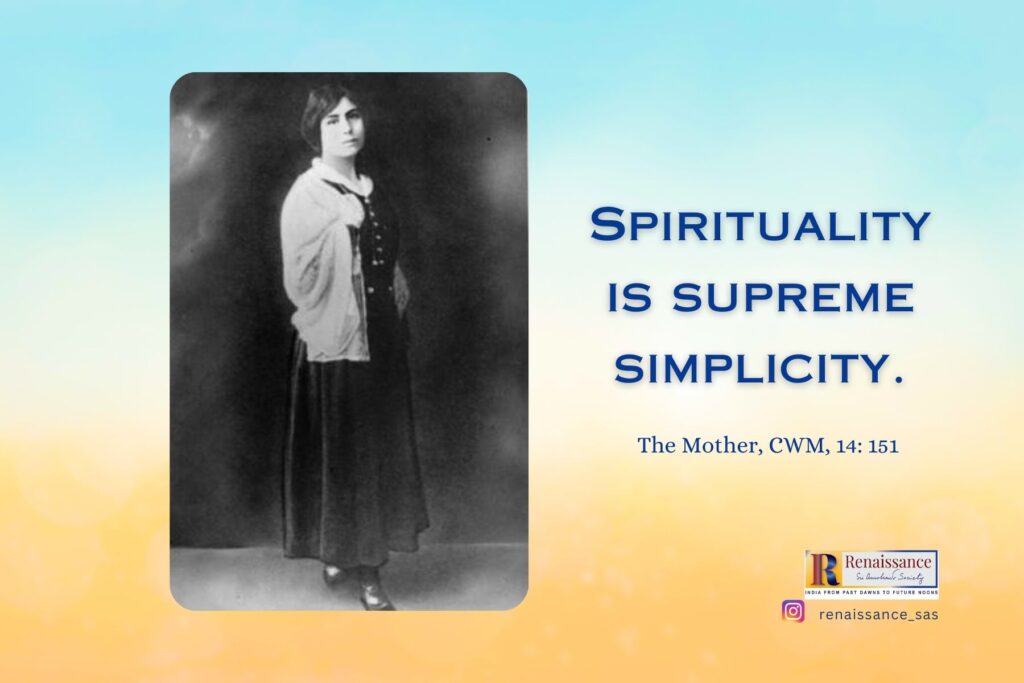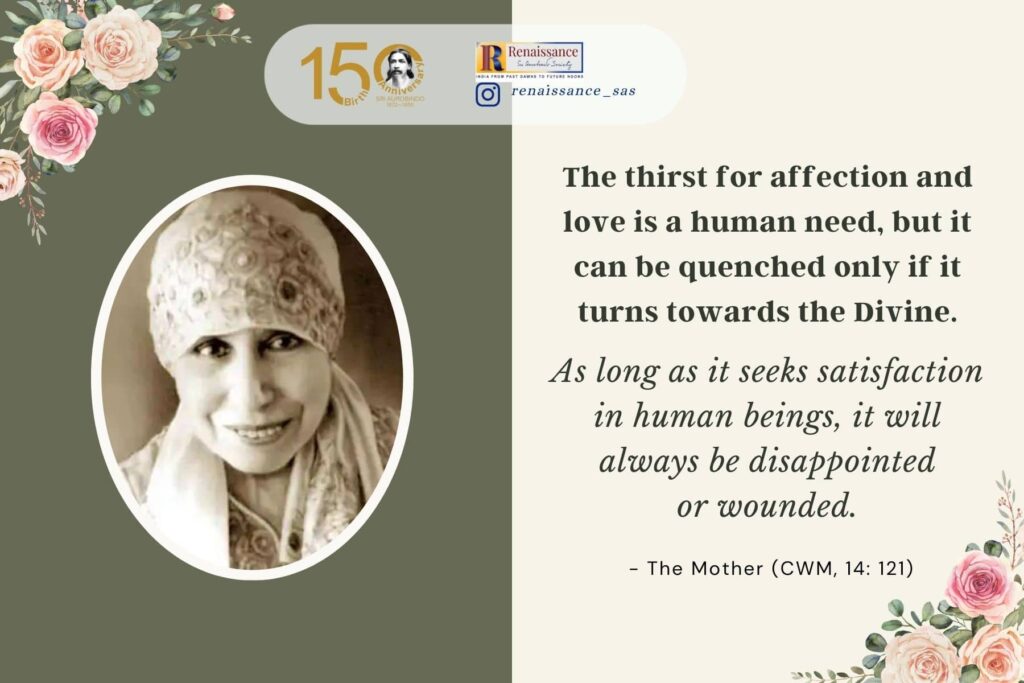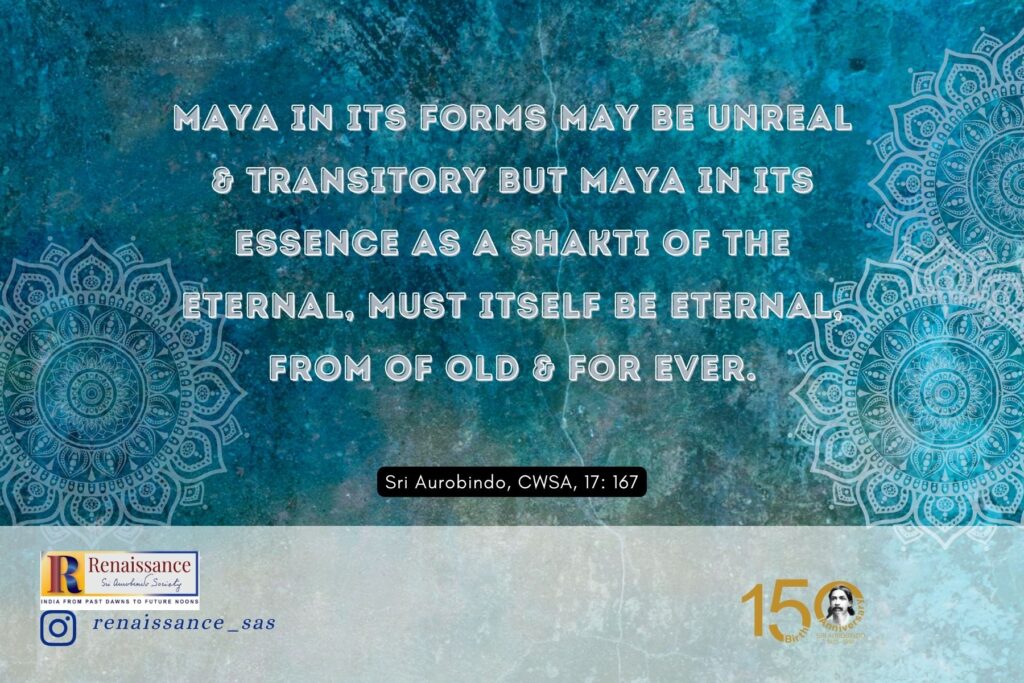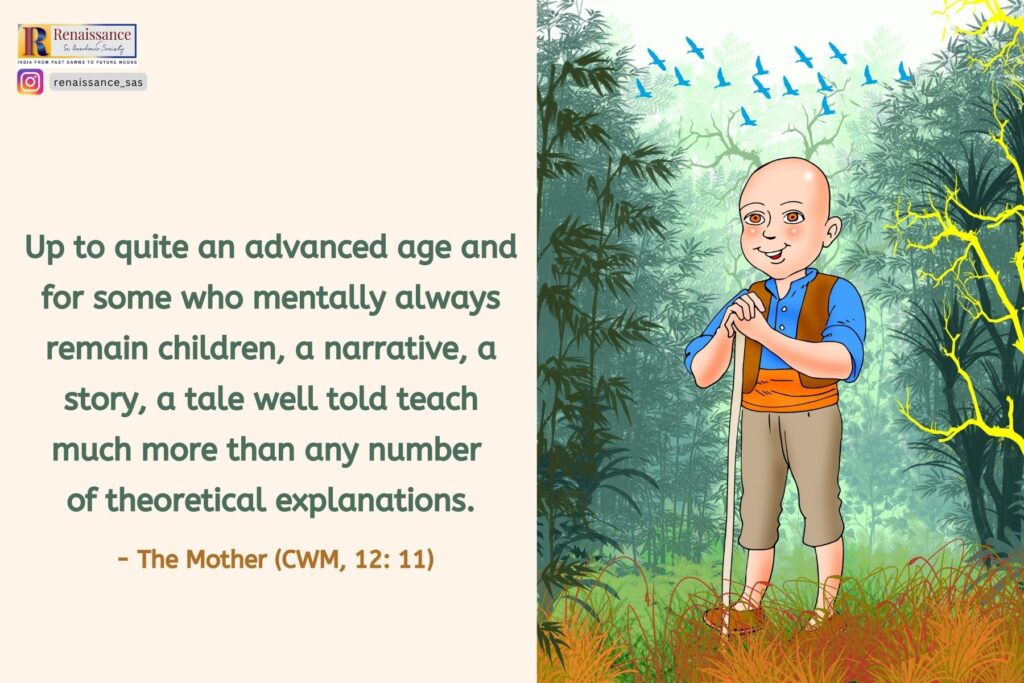Self-control: A Tale Told by the Mother (Video)
We feature a short tale on Self-control. In addition to the English translation as told by the Mother, we present the Hindi translation in the form of an animated video. Video editing and voice-over are done by Biswajita Mohapatra.
Self-control: A Tale Told by the Mother (Video) Read More »

